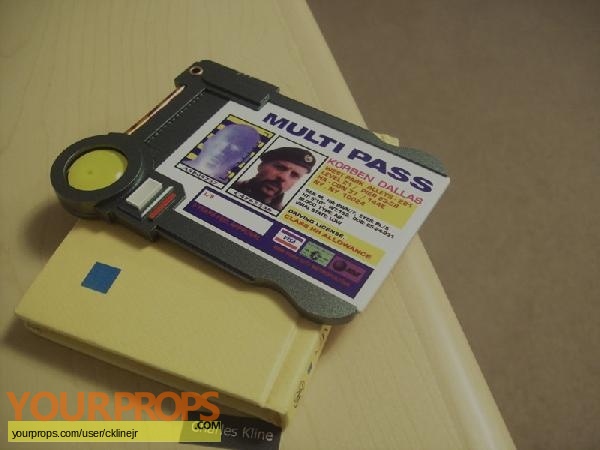


Let’s use this to share data with our instance. Let’s test it out! As we just learned, the previous step automatically mounted our $HOME directory in the instance. Let’s click on the icon, then on “Open Shell”.Ĭlicking this button does many things in the background: it creates a new virtual machine (instance), named primary, with 1GB of RAM, 5GB of disk, and 1 CPU installs the most recent Ubuntu LTS release on that instance mounts our $HOME directory in the instance and opens a shell to the instance, announced by the command prompt You can see elements of this in the screenshot below. Once we’ve launched the application, we should see the Multipass tray icon in the upper right section of the screen: In Ubuntu, press the super key and type Multipass, or find Multipass in the Applications panel in the lower left of the desktop. Note: This tutorial demonstrates use on Linux, specifically Ubuntu, but the experience on any OS should be similar.įrom the application launcher, let’s start Multipass.
Lilo multipass install#
To install it on your OS of choice, please follow the instructions given here. Multipass is available for Linux, macOs, or Windows.

Launch from a Blueprint to run Docker containers.This tutorial will give you an understanding of how Multipass works, and the skills you need to use its main features. Used to a fuller extent, Multipass is a local mini-cloud on your laptop, allowing the testing and development of multi-instance or container-based cloud applications. In its simplest form, it can be used to quickly create and destroy Ubuntu VMs (instances) on any host machine. Multipass is a flexible, powerful tool that can be used for many purposes.


 0 kommentar(er)
0 kommentar(er)
